A man has sparked controversy by sneaking onto Ilha da Queimada Grande, infamously known as Snake Island.
This Brazilian island is notorious for being home to over 4,000 venomous snakes, including the deadly golden lancehead.
The island is strictly off-limits to visitors because of its dangerous inhabitants. However, this thrill-seeker chose to defy the rules and document his perilous journey.
The deadly reputation of snake island
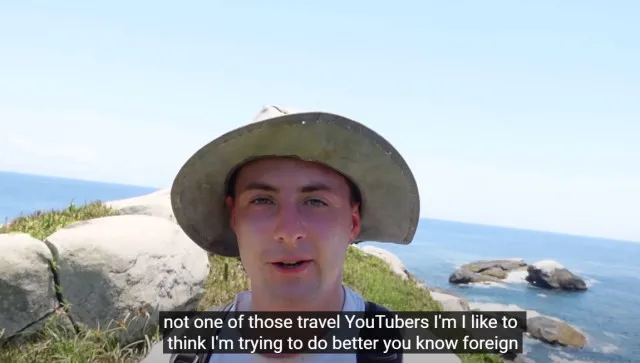
Of-limits to the public
Located off the coast of São Paulo, Snake Island is one of the world’s most dangerous places for humans.
Despite its small size of just 106 acres, the island is teeming with venomous snakes, particularly the golden lancehead.

This critically endangered species is known for its potent venom, capable of killing a human in under an hour.
Due to the deadly concentration of snakes, the Brazilian government has prohibited tourists from visiting the island.
Only researchers and scientists with special permission are allowed to step foot there.
A forbidden destination
Despite these restrictions, the island’s dangerous allure has attracted adventurers, one of whom recently documented his illegal visit.
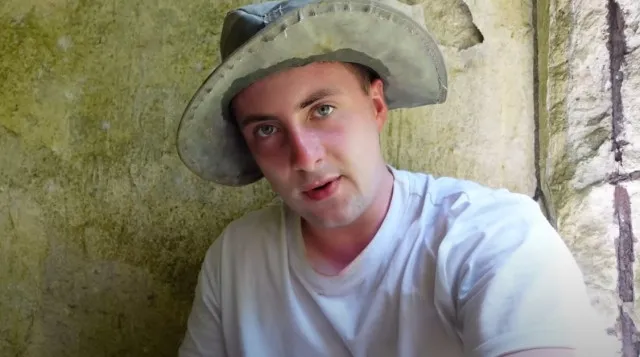
Miles Routledge, also known as “Lord Miles,” is a self-proclaimed “danger tourist” who decided to risk it all for the sake of thrilling content.
The temptation to sneak onto one of the world’s deadliest islands was too strong for Miles to resist.
While he aimed to capture a unique experience for his YouTube audience.
Miles’ dangerous journey to snake island
Evading the coast guard
Getting to Snake Island was no easy feat for Miles and his team.
They had to avoid the watchful eyes of the Brazilian coast guard, who regularly patrol the waters surrounding the island.
After successfully reaching the island, Miles immediately began exploring its dense, jungle-like terrain. He made his way toward an abandoned lighthouse, which he described as “one of the most dangerous spots on the island.
Equipped for the Worst
After successfully reaching the island, Miles immediately began exploring its dense, jungle-like terrain.
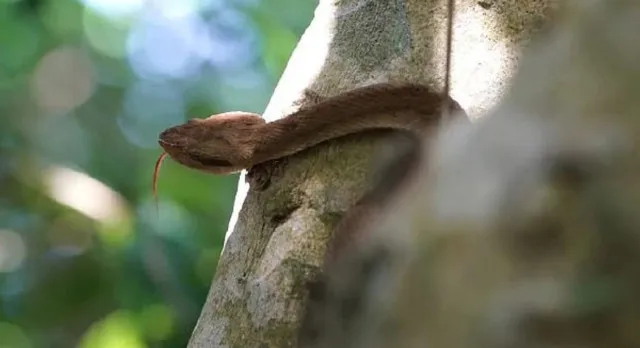
He made his way toward an abandoned lighthouse, which he described as “one of the most dangerous spots on the island.”
Before setting off on his journey, he said a prayer and informed viewers, “This isn’t clickbait, I’m on one of the most dangerous islands in the world.”
Despite the island’s reputation, his casual demeanor suggested he was ready for anything.
The lighthouse legend and snake encounters
The mysterious lighthouse
The lighthouse on Snake Island is notorious among locals for its grim history.
Stories suggest that its previous occupants succumbed to snake bites. As Miles made his way through the thick, overgrown grass toward the lighthouse, he reflected on the island’s deadly nature.
Surprisingly, however, his journey was relatively uneventful, with only a few snake sightings.
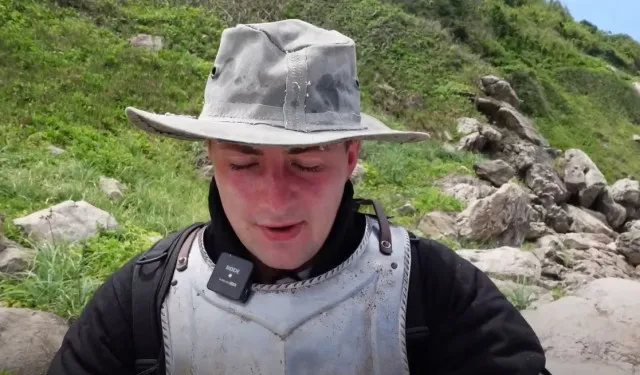
“It’s not that bad, for the second most dangerous island in the world,” he remarked during his exploration.
Dehydration, not snake bites
Miles managed to avoid serious encounters with the island’s venomous inhabitants. However, he found himself battling dehydration instead.
In a place where the risk of snake bites is ever-present, it seemed his biggest threat was the oppressive heat and lack of water.
However, his determination and perhaps a stroke of luck allowed him to survive the experience without harm.
A lucky escape: not an invitation for others
Escaping the Island alive
After his exploration, Miles successfully made it off the island unharmed, a feat few would dare to attempt.
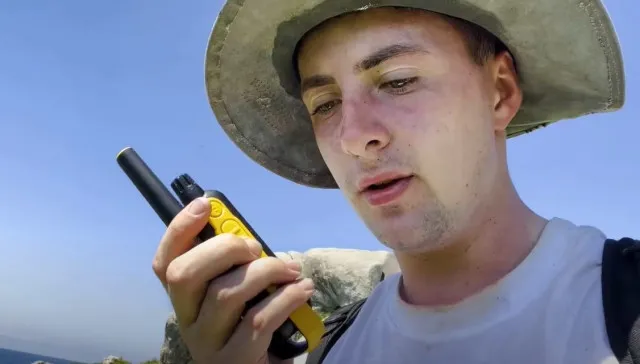
He later reflected on his dangerous adventure, cautioning others not to follow in his footsteps.
While he survived, Snake Island remains a perilous destination, and the ban on visiting is there for a good reason.
Ilha da Queimada Grande continues to hold its place as one of the most dangerous islands on Earth.
Despite one man’s successful (and illegal) journey, the island remains extremely hazardous. The deadly snakes, particularly the golden lancehead, make it a perilous location.
For now, Snake Island is best left to the researchers, and thrill-seekers are advised to stay far away.